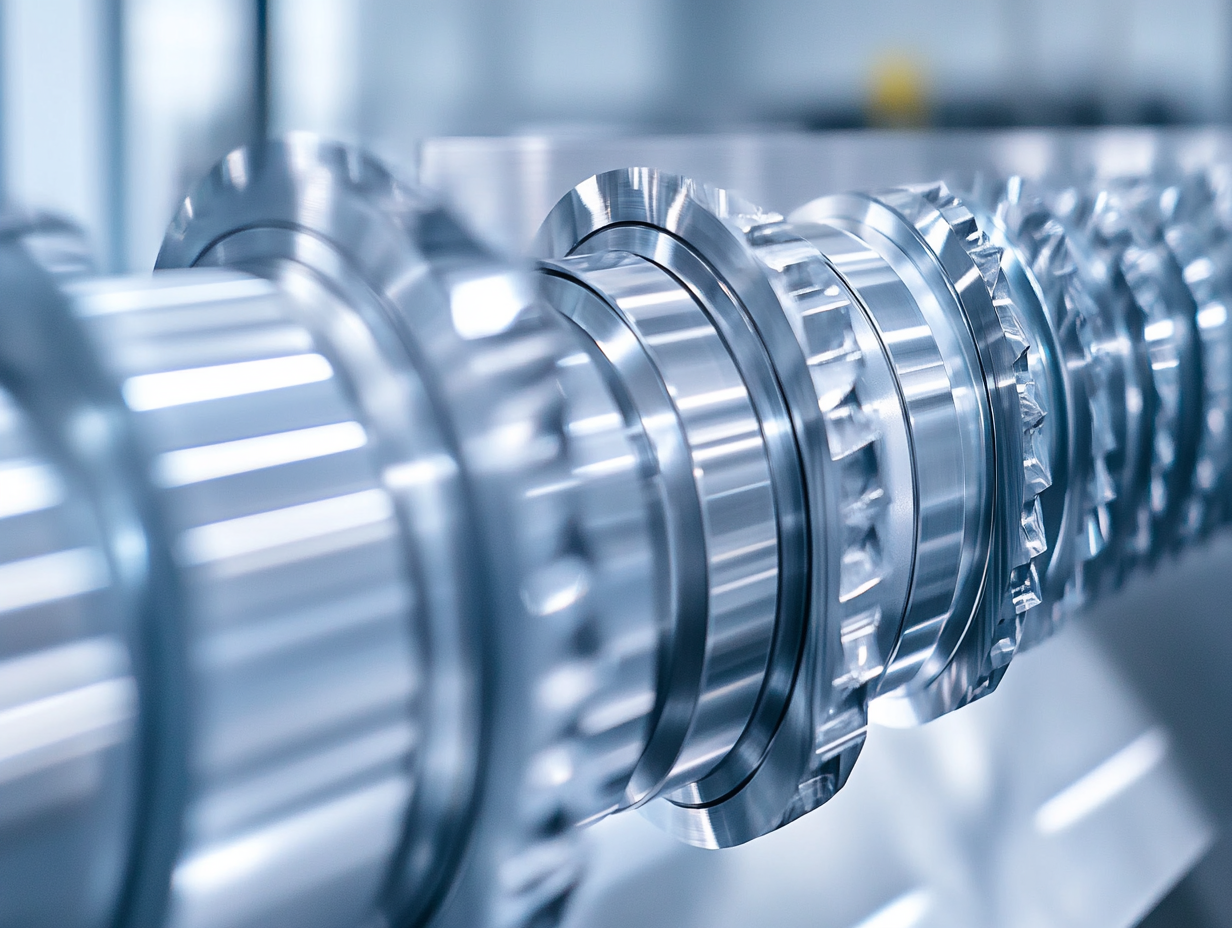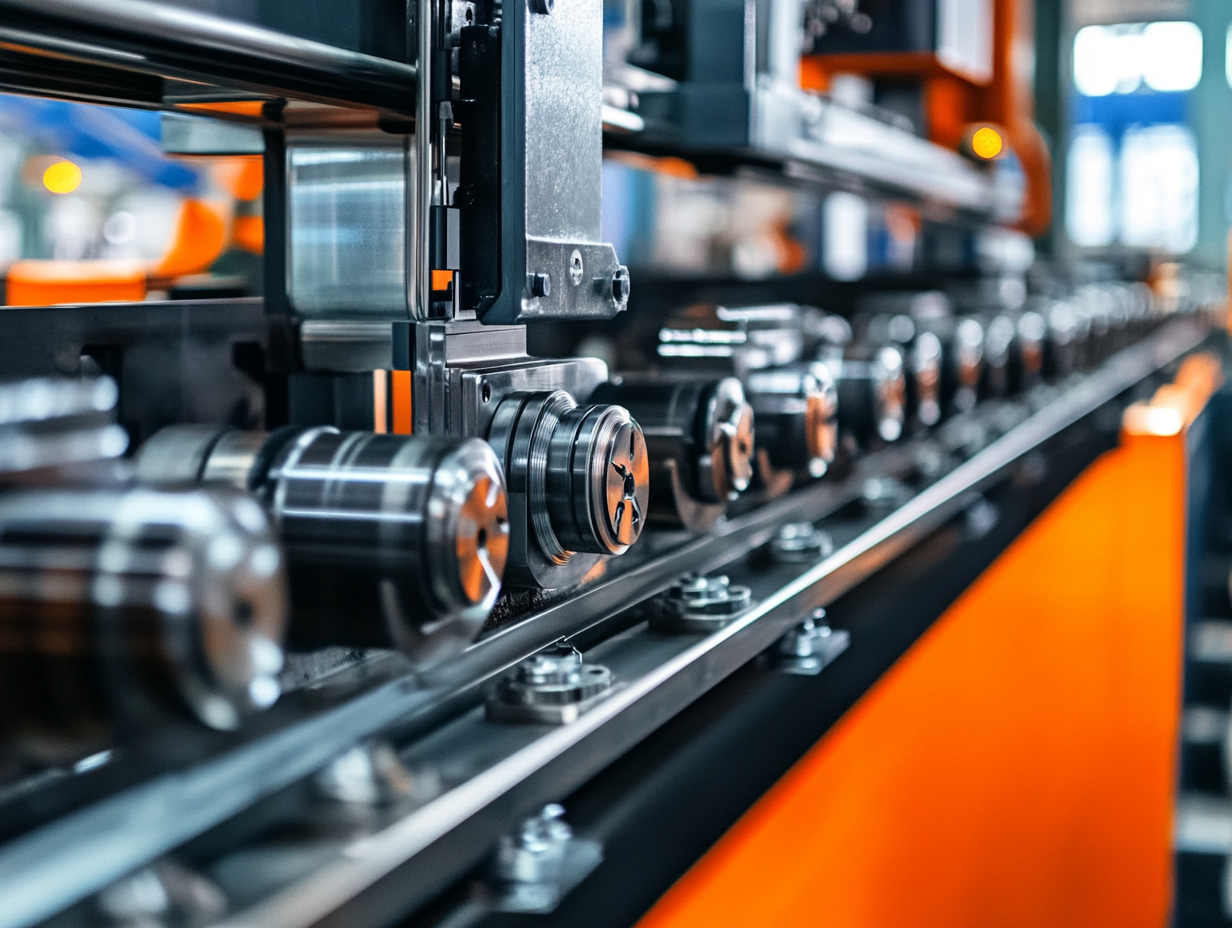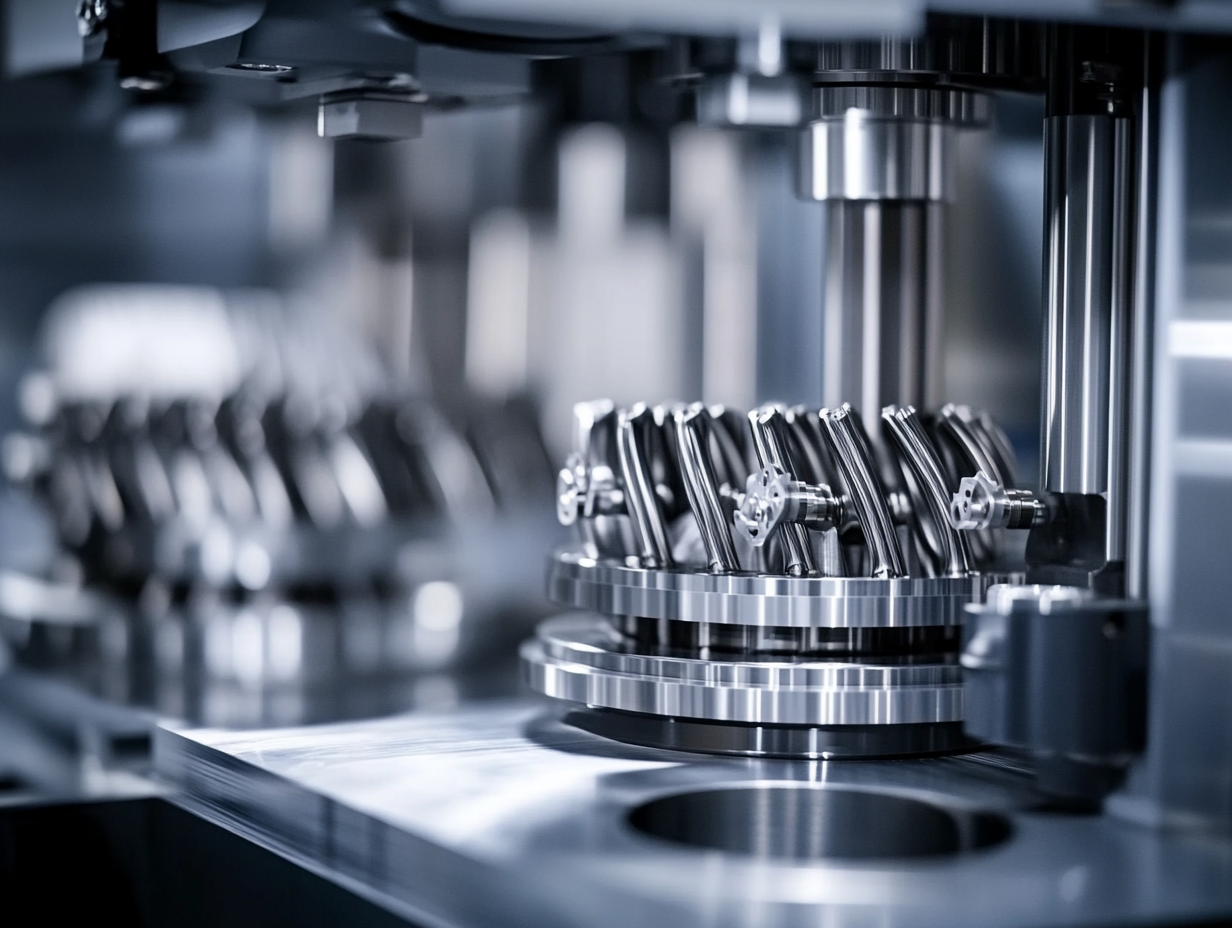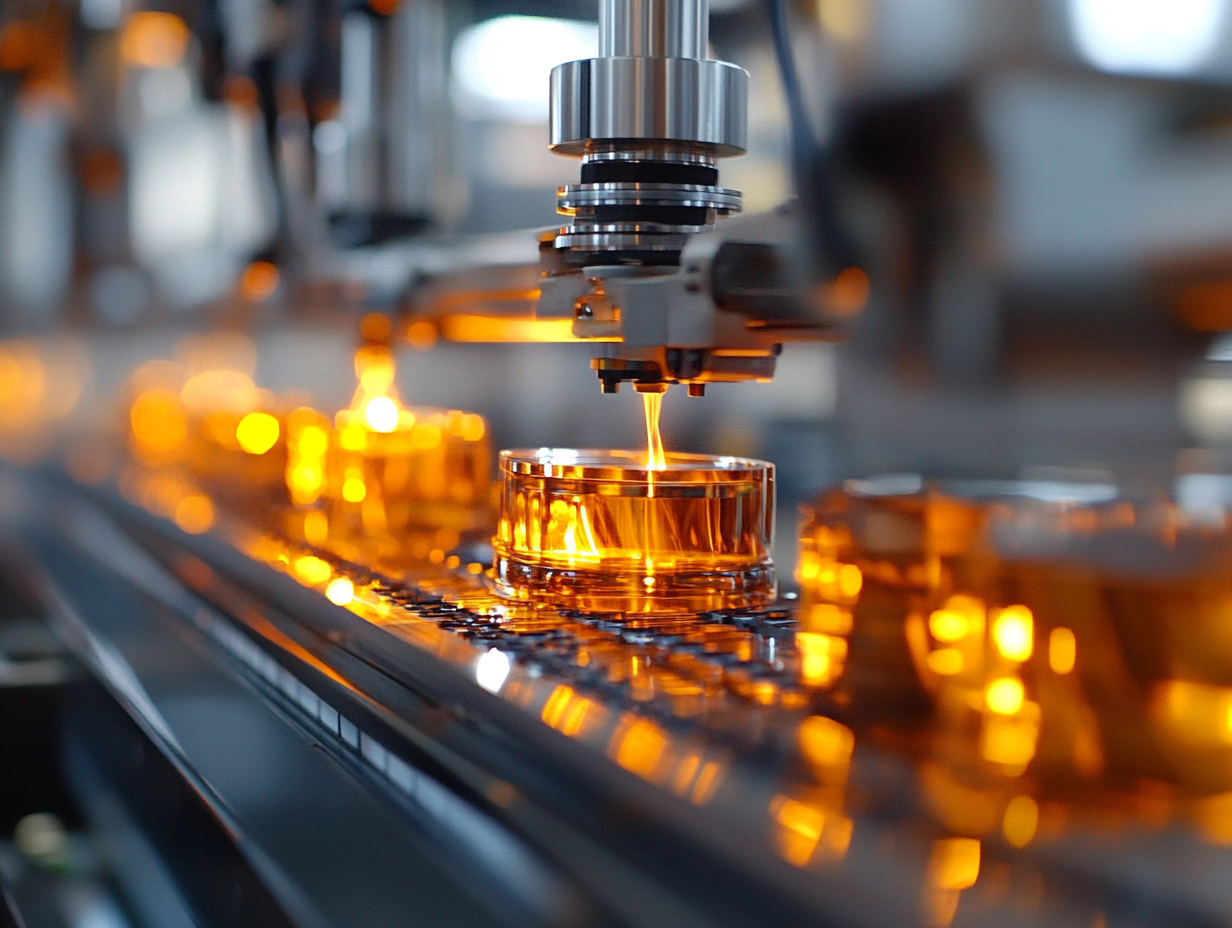Innovations in Automatic Twist and Gusset Forming for Global Suppliers
Table of Contents
The changes in packaging solution technology from one day to the next have been primarily fueled by innovations and the effects of such innovations on the competitive requirements of global suppliers. The Automatic Twist and Gusset Forming technology is one such wonder discovery in this family. The new technology has enhanced the speed and betterment of packaging quality, thus allowing manufacturers to add value to their own operations while maintaining quality. Innovations like these are essential for businesses that want to maintain their competitiveness in an ever-growing flexible packaging demand.
Besides that, Automatic Twist And Gusset Forming can reduce labor costs, save on material wastage, and increase production speeds. These innovations would allow suppliers to serve an increasing variety of product sizes and shapes and thus reach out to broader markets. This blog will discuss new changes in Automatic Twist and Gusset Forming and their implications on global suppliers and how these companies can use this technology to help build a packaging future that is sustainable and profitable.

Overview of Automatic Twist and Gusset Forming Technologies
Automatic twist and gusset forming technologies are revolutionizing the packaging industry and providing worldwide suppliers with better efficiency and precision. The innovations allow for easy implementation of highly intricate shapes and designs for different packaging needs. Manufacturer utilization of advanced automation technologies significantly reduces labor cost and increases production speed, making them competitive in a rapidly changing market. The latest developments in automatic forming processes indicate a growing demand for customization and flexibility. They add to throughput levels, improve product integrity, and enhance aesthetics. With an ever-increasing market demand for innovative packaging, the integration of automatic twist and gusset forming technologies becomes a crucial step for suppliers trying to meet both brand and consumer expectations. The future of packaging is most certainly headed toward automation, which translates to a more sustainable and efficient manufacturing environment.

Key Innovations Transforming Industry Standards
Innovative breakthroughs into total twist and gussetting forming are radically changing business standards under the influence of technological advancement and automation. New robotic bagging equipment shows the latest in such trends for matching production processes to experience-improving efficiencies and precisions. New machines not only bring higher output but also improve packaging and effects for global suppliers.
An additional revolutionizing progress relates to state-of-the-art installations of bag machines designed for side-gusseted bags. They manufacture several sizes and configurations to fulfill the market's varied demands. As digitalization and automation spreads, manufacturers are coming up with innovative methods to compete, even in high-wage countries, signifying a huge leap across the face of manufacturing.

Benefits of Advanced Forming Techniques for Global Suppliers
The twist-and-gusset forming automation is on the verge of tremendous change through innovations that want to foster efficiency and sustainability. These advanced technologies, AI and robotics, will allow manufacturers to optimize production processes, minimize waste, and adjust to various market needs without compromising quality. Such developments are vital to global suppliers wishing to remain competitive within the rapidly changing landscape.
Furthermore, the collaboration among rural communities in the setting-up of innovation clusters exemplifies the essence of localized economic development. Constructing partnerships and focusing on the unique twists in their respective economic strategies make it possible for these regions to utilize new technologies for job and productivity-creation. This, in turn, supports rural economies while cementing innovation as an important determinant of the past, present, and future of manufacturing and industry in general.

Challenges and Solutions in Implementing New Technologies
A revolution in the forming techniques mainly emphasized the global suppliers in producing components of twist and gusset parts within the trends of the world. These fresh developments augment structural integrity while giving better form-specified designs, thus ensuring that products cater to modern-day markets' demands. Suppliers are looking at increased precision and efficiency through the automation systems that would be introduced to reduce production costs without compromising quality.
Demonstrated in several applications, from automotive to cycling, these advancements are had in their advantages. Improved gusset designs create significantly stronger mountain-bike frames resulting in an overall boost in performance and safety. As more global suppliers adopt advanced forming technology, they will not only improve their processes but also truly affect the innovational atmosphere in their various fields.
Future Trends in Twist and Gusset Forming Automation
As far as the rising world is concerned, manufacturing faces one of the world's really significant challenges of new technology introduction, especially in twist and gusset forming. These promises would increase efficiency and quality but do not make it easy to reach that goal. Suppliers would have issues like the machinery's existing adaptability and training of the workforce in handling advanced types of equipment.
It is, however, out of this that the good stories come through. It has been exhibited by companies parading their latest iterations of products-the new shapes of frames and ergonomic features made achievable through innovative manufacture. If they invest in R&D, suppliers can subsequently improve on such innovations to become more competitive in the world market. With sectors pushing the advancement, sustainability and functional performance will drive new innovations and solutions to both.
FAQS
The main challenges include the adaptability of current machinery and the need for workforce training to handle advanced equipment.
Companies can overcome these challenges by investing in research and development, which can lead to enhanced efficiency and a more competitive edge.
Sustainability is a key focus that drives innovations and solutions, as industries aim to reduce waste and improve functional performance.
Innovations such as AI and robotics are expected to streamline production processes and adapt to varying market demands.
Rural communities can establish innovation clusters to foster partnerships and economic development, which creates jobs and enhances productivity.
Collaboration helps to harness new technologies tailored to local economic strategies, fostering innovation and supporting overall growth.
These designs are achievable through innovative manufacturing techniques and contribute to enhanced efficiency and product quality.
The manufacturing landscape is evolving to become more efficient and adaptive, driven by advanced technologies that enable better market responsiveness.
Investing in R&D allows suppliers to overcome implementation challenges and maintain a competitive advantage in the global market.
We can expect significant transformation that promotes efficiency and sustainability through advanced technological integrations.
